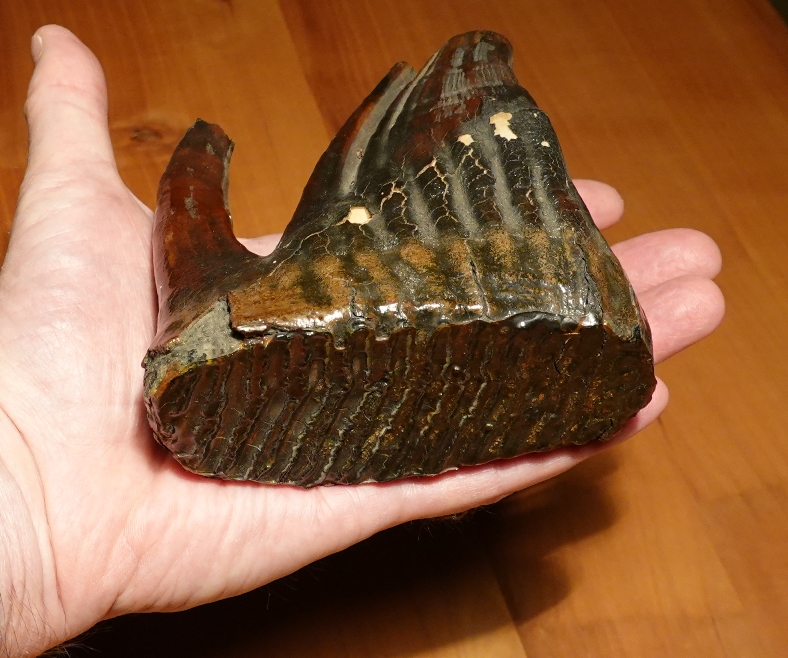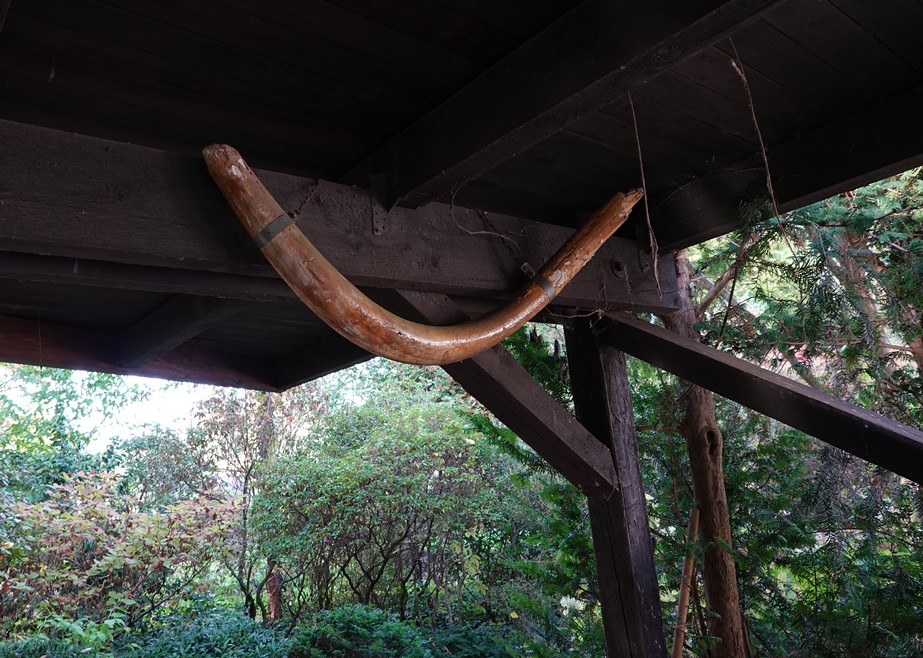emydura
Well-Known Member
yes, there are many plants and animals in the world that experience the same fate. But I'm not really worried about Wollemia because it is now successful in culture worldwide.
The stable genetics of this species prevent evolutionary further development.
True. I was at a friends place last night who had a Wollemi pine he had been growing for 17 years. It was about 3 metres high. This species will always be safe now that it is so widely grown across the world.
There is little genetic diversity in wollemi pines (only 3 individuals). Point 6 in this link (coppicing) suggests that fires have been in this canyon before killing most plants but a few individuals survived and regenerated by coppicing. Most of the trees are clones. I dare say if fire got in this time they would have been unlikely to survive.
There is very little sexual reproduction in this species. From an evolutionary perspective it is already functionally extinct.
https://www.rbgsyd.nsw.gov.au/Stories/2016/Genetic-diversity-discovered-in-Wollemi-Pine-for-t
Last edited:






































